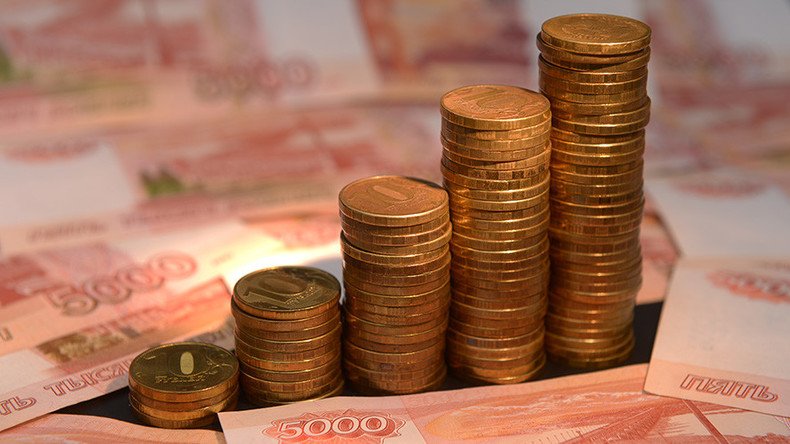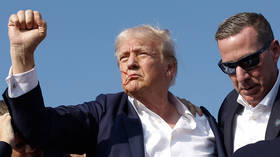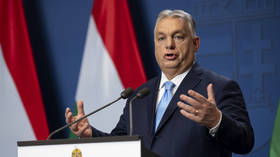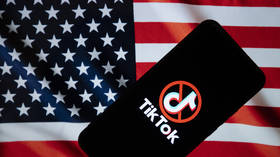Russian ruble cutting oil dependence, but headwinds still ahead

The Russian ruble has remained one the world's strongest currencies in the last 52 weeks. Analysts explain the ruble is not as heavily dependent on oil prices as previously, although not all the currency's troubles are behind it.
“The Russian currency demonstrates enviable stability throughout all 2017. August was very significant in this respect. In previous years, August was one of the most difficult months for the ruble. The deterioration of the balance of payments, the conversion of profits received from Russian corporations into foreign currencies with subsequent withdrawal of capital and other reasons, led to an increase in exchange rates against the ruble in the local market,” Aleksandr Egorov, Forex strategist at TeleTrade told RT.
“This year, with the help of stabilized macroeconomic indicators and, first of all, the consumer inflation (CPI index), the ruble not only avoided a fall but on the contrary became stronger in the most dangerous month of the year,” he added.
Egorov said ruble remains linked to oil prices, but the bond is much less significant than before. In the past years, the Russian currency was highly sensitive to daily fluctuations in oil prices, now it responds to the long-term events in the market. And the news is positive for oil, as OPEC and non-OPEC producers remain committed to cutting output, and a sharp plunge in prices is less likely, which is positive for the ruble.
Investors in Russia are also lured by high yields on Russian bonds, as they do carry trade, agree analysts polled by RT.
Carry trade is a strategy that involves borrowing at a low-interest rate, usually in the developed economies and re-investing in an asset that provides a higher rate of return like emerging markets.
“Despite the cut of key rate to 8.5 percent, Russian bonds continue to attract foreigners. Thus, in August, on the eve of the expected easing of the monetary policy of the central bank, foreigners bought 122 billion rubles (over $2 billion) worth of Russian OFZ bonds, which is a record figure since the spring,” said Mikhail Mashchenko, an analyst at the social network for investors eToro.
However, a further rally in the ruble is questionable, warns Sergey Kostenko, Global FX investment analyst. The US Federal Reserve is still committed to increasing the key rate, and plunging dollar liquidity will force investors to reduce their presence in developing markets.
“We can expect further cuts in interest rates by the CBR [Central Bank of Russia], which in the long run will significantly reduce the interest of foreign speculators in carry trade with the OFZs,” he told RT.
Stanislav Werner, an analyst at Singapore Castle Family office, agrees. He says the CBR sees the potential to cut the key rate from the current 8.5 percent to seven percent, which will make Russian bonds less attractive to foreign investors. A probable hike of key rate in the United States will cause a dollar flow back to America, including from Russia.















